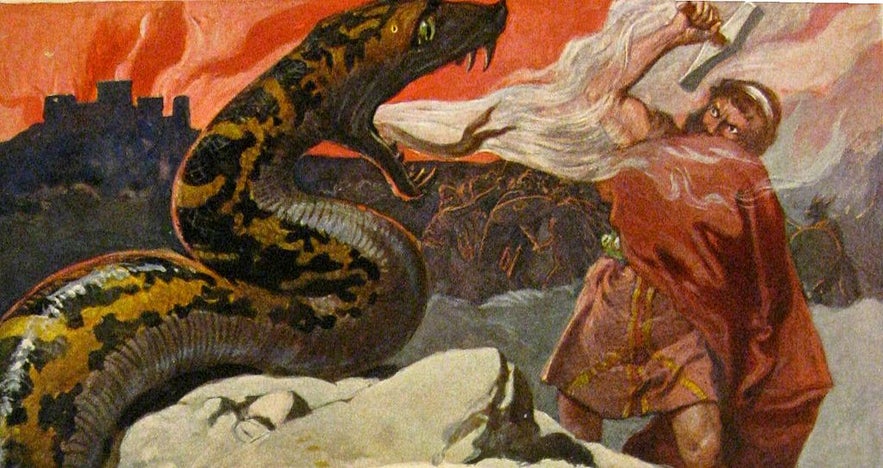Móði, along with its neighbour Magni, is one of the two newest craters in Iceland.
Explore this crater on a self drive tour in Iceland.
Warum du unseren Inhalten vertrauen kannst
Guide to Iceland ist die vertrauenswürdigste Reiseplattform Islands und hilft jedes Jahr Millionen von Besuchern. Alle Inhalte werden von lokalen Experten erstellt und geprüft, die Island in- und auswendig kennen. So kannst du dich auf zuverlässige, aktuelle und präzise Reisetipps verlassen.
Formation of Móði
Móði and Magni were formed in the 2010 eruption of Eyjafjallajökull.
This eruption started near midnight on March 20th, and was initially quite minor. However, after stopping briefly, Eyjafjallajökull erupted with much more force under the glacier on April 14th, forming a huge ash cloud that brought much of Europe’s air travel to a standstill for several weeks.
Móði and Magni would have been formed late in the eruption. For several years after, they still glowed red in the darkness due to the heat of the lava cooling beneath it, and snow would not settle on them.
The Naming of Móði
Móði is named after the son of the Old Norse God Þór, commonly anglicised to Thor, and a giantess-like deity, Járnsaxa. His name meant ‘Brave’.
Very little is known about Móði; he is named only as one of the survivors of Ragnarök, the end of the world, in which many of the gods are killed by Loki and his bestial children.
 Photo from Wikimedia, Creative Commons, by Haukurth. No edits made.
Photo from Wikimedia, Creative Commons, by Haukurth. No edits made.
Magni is named after Móði’s brother, and a little more is known about him. In Prose Edda, the best source of information historians have for understanding the Old Norse religion (written by the legendary Snorri Sturluson), it was said that he saved his father from the giant Hrungnir.
Though Þór killed Hrungnir with his hammer, he became trapped under its foot. Other gods tried to aid him to no avail, until Magni was able to. His father gifted him with the giant’s horse, which upset his grandfather Óðin, who did not think him worthy of it because of what his mother was.
Getting to Móði
Móði and Magni are both located in the Icelandic Highlands, in between the glaciers of Eyjafjallajökull and Mýrdalsjökull. It can be hiked to in summer by traversing the Fimmvörðuháls Mountain Pass, although this should only be done by experienced hikers with all necessary equipment, or on a professional tour.









